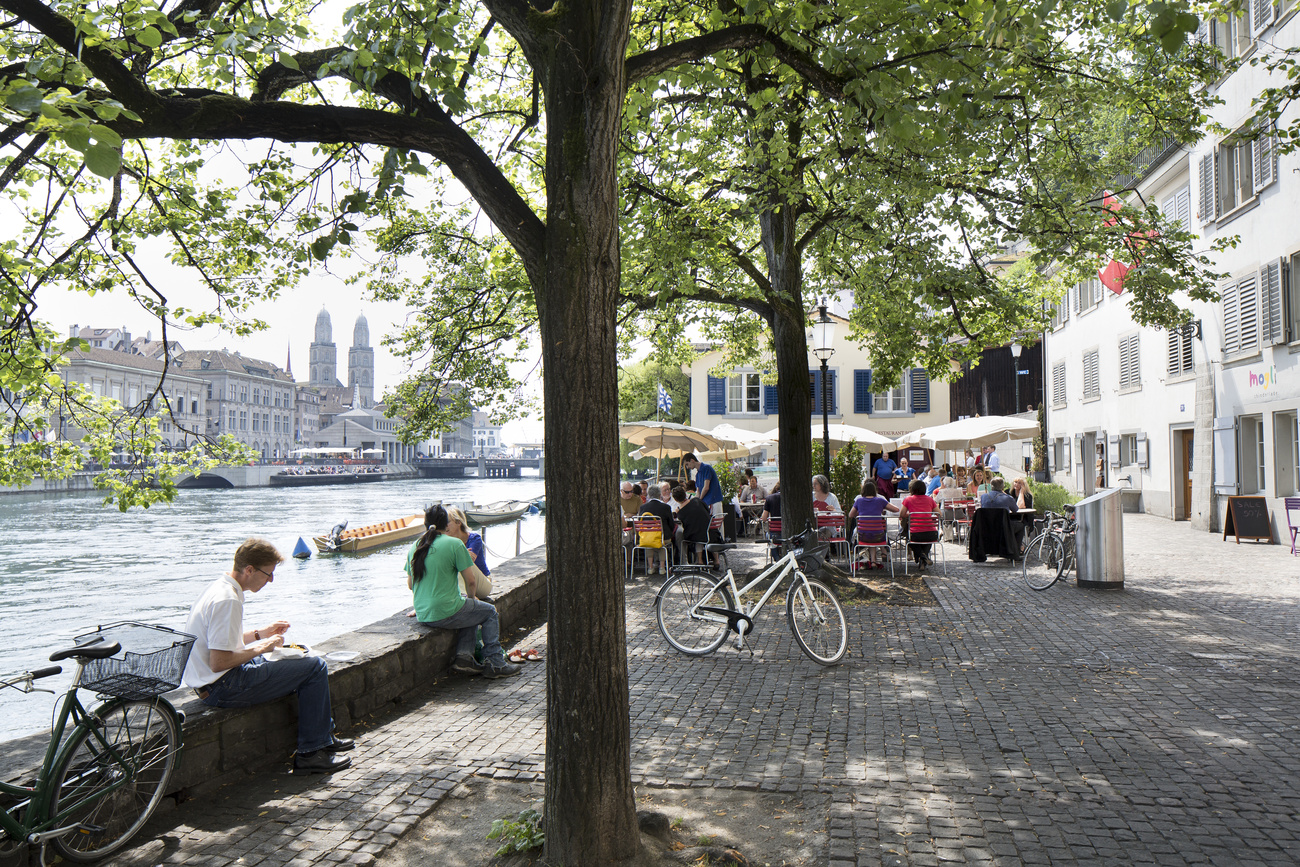Italian trains disrupted after technical glitch in Rome

By Alberto Chiumento and Marta Di Donfrancesco
ROME (Reuters) – Rail travellers in Italy faced long delays or cancellations on Wednesday after a technical malfunction on a stretch of line between the Italian capital’s two main stations disrupted services.
“It’s just been chaos as we try to figure out and navigate the station,” said Rachel Dame, an American tourist traveling to Florence from Rome’s main Termini station, where screens displayed delays for most destinations.
The problems stemmed from a failure at 6:20 a.m. (0420 GMT) of an electric cabin that supplies energy to an intersection between Termini and Tiburtina stations in Rome, said Gianpiero Strisciuglio, CEO of Rete Ferroviaria Italiana, which manages Italy’s railway infrastructure.
“The type of failure is rare,” Strisciuglio told Italian radio, adding the company was investigating the causes.
Italian Transport Minister Matteo Salvini said those to blame would have to answer.
“As far as I know, the technicians tell me that there was an error overnight by a private company that put a nail into a cable,” he told reporters in parliament, adding the response time to the initial problem had been too slow for a major European nation.
The intersection affected is a main crossroads for train services connecting Italy’s north and south and the issue affected journeys across a large part of the country.
National rail company Ferrovie dello Stato (FS) expected delays to progressively reduce and services to return to normal over the course of the day, but the situation was still severe as of mid-afternoon with trains delayed by up to three hours at stations in Rome.
Angelo Bonelli, a member of parliament for the opposition Green Europe party, lamented “constant breakdowns which cut Italy in two and burden workers and students.”
Transport disruption and delays are a common headache in Rome, a city undergoing a facelift as it prepares to host up to 32 million tourists during the 2025 Roman Catholic Holy Year.
“All it takes is for a train to break down at six in the morning and maybe until noon the line won’t run,” said Luca, who added he was a regular commuter.







